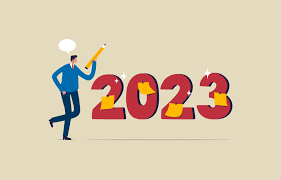The surprising psychology of fonts
How typefaces impact emotions remains largely unstudied, but a new report suggests that different fonts can elicit different emotions.
About four years ago, I received a surprising email—not surprising because of what it said, but because of the way it looked. The text was set in Courier, that font you see in movies when hackers write code on a black screen. The email became sort of a running joke at the office, and I couldn’t take this person seriously when they emailed again.
That’s judgmental, I know, but it turns out I’m not alone. A new study suggests that fonts can indeed change the way we feel about a certain message. The study was run by Monotype, the world’s biggest type foundry, which partnered with applied neuroscience company Neurons. Together, they surveyed 400 people in the UK, who were presented with different words laid out in three contrasting types. The scope of the study is fairly small, and the motivations behind a type foundry publicizing a study about the impact of type can’t be ignored. But the study does confirm one thing: Fonts are subjective, and they can mean different things to different people.
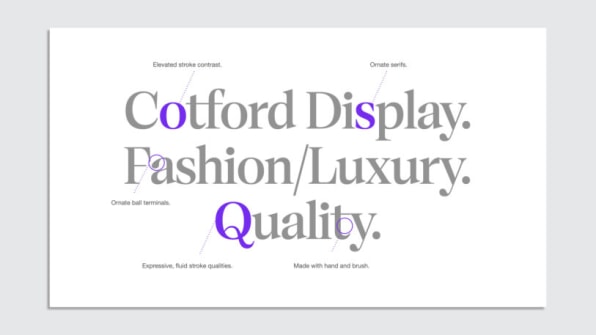
This isn’t the first study to explore the impact of different fonts. In 2018, a team of researchers at Australia’s RMIT University developed a typeface they said could boost memory retention (the font was difficult enough to engage the readers, yet legible enough so as to not obstruct the reading) but the impact of that font was later disproved. More recently, a major study determined that most fonts, except Garamond EB and Montserrat, were harder for older people to read. But the impact of typefaces on emotions remains largely unstudied, at least when it comes Latin languages.
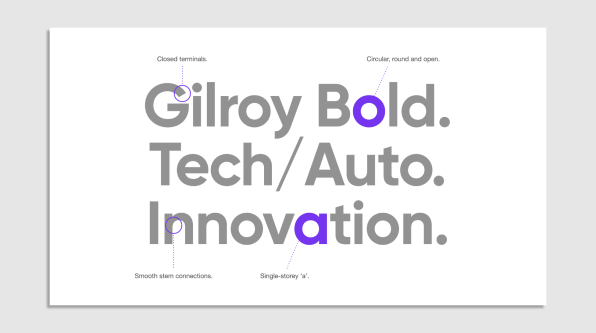
There’s a reason this hasn’t been done at scale. “[Typography] is your tone of voice,” says Phil Garnham, a senior creative type director at Monotype. “And the aroma, the feeling that generates is really important and it’s subliminal.” Indeed, subconscious reactions can be hard to qualify, let alone quantify. Also, fonts go hand in hand with words—so, how do you distinguish between people’s reaction to the meaning of a word compared to the font in which it’s presented?
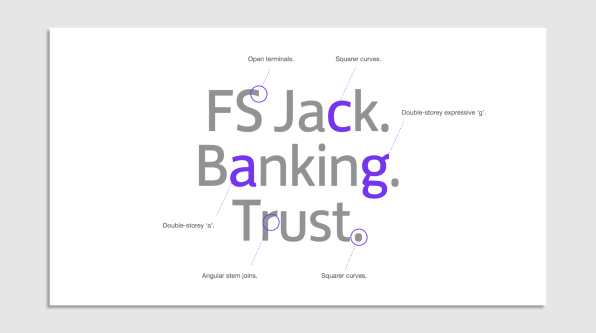
The founder and CEO of Neurons, Thomas Z. Ramsøy, explains that when we try to perceive the meaning of a word, the activity is reflected in the temporal lobe, a part of the brain that helps us process emotions. He says fonts can also trigger an emotional response. “More positive emotional responses are seen for softer and more recognizable font types,” he says. “Negative emotions are often triggered by pointy and sharp font types.” But to distinguish between the two, the study had to give people the same words, laid out in different fonts.
In total, the team surveyed 400 men and women between the ages of 18 and 50. Each participant took the survey online and was given three kinds of stimuli: single words (“quality,” “trust,” and “innovation), those same words in a sentence (“quality never goes out of style”) and that same sentence coupled with the name of a random brand (like Skova or Smith’s Bank).
Each of these stimuli was set in three contrasting typefaces: FS Jack, a soft, lightweight sans serif; Gilroy, a bolder, more geometric sans serif; and Cotford, a serif font that looks more historical. (Monotype designed two of the three fonts, excluding Gilroy.)
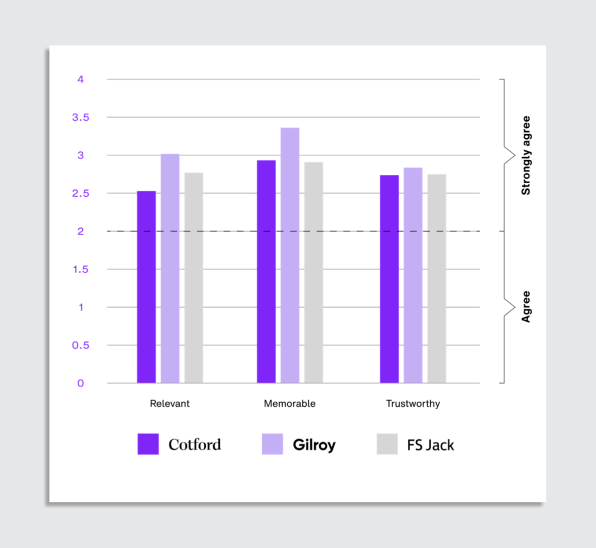
The findings showed that one typeface can elicit a more positive response than another by up to 13%. When participants were shown the word “quality” in Cotford, they found it 10% more memorable than the two other fonts. Conversely, when they were shown a full sentence in Gilroy, they found it stood out by 12% compared to the other two. These numbers may not seem like a lot, but Mike Storm, Neuron’s chief operating officer and partner, says that any difference above 5 to 6% is considered “significant.”
As Ramsøy explains, some fonts can trigger existing associations with nostalgic brands. “Winding fonts work great for grandma’s jam products,” he says. To avoid preexisting associations, the team chose fonts that aren’t directly associated with particular brands but can be associated with three sectors more broadly: Gilroy for the tech industry; Cotford for luxury and fashion; and FS Jack for banking and financial services (in other words, a large sampling of Monotype’s client portfolio).
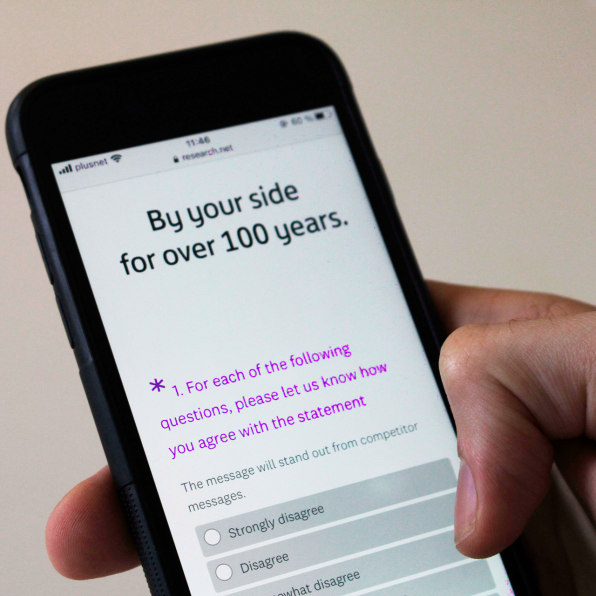
Inevitably, though, the choice of words matters, too. Marie Boulanger, a Monotype brand designer who also studied linguistics, says she chose words that come up often in brand mission statements. But if the words had been different, it’s likely the results would’ve been different, as well. (The team considered running the tests with nonsense words, but “you never look at type in a vacuum,” says Boulanger, so real words made the most sense.)
Ultimately, she admits, the study only scratches the surface. Do older people prefer the same type as younger folks? Is there a gender bias? What happens when you add 10 or 20 more fonts to the equation? And do results vary based on where you live? The team didn’t study any of these factors, but Storm says a more in-depth study could help them dig in more. “We would be very interested in looking at demographical and regional differences, to see if culture has a large impact on this,” he says.
For now, we know that different fonts can elicit different emotions based on the same word. And given that participants were given between half a second and 2.5 seconds to choose (most answered within 1 second), it’s clear that those reactions come from the gut. Until a more in-depth study can be run, that’s a promising start.
In the meantime, I know where I stand on Courier.



